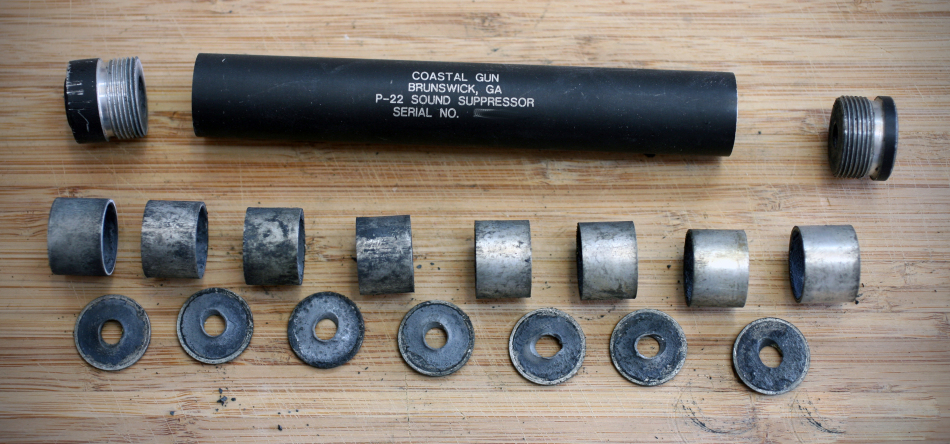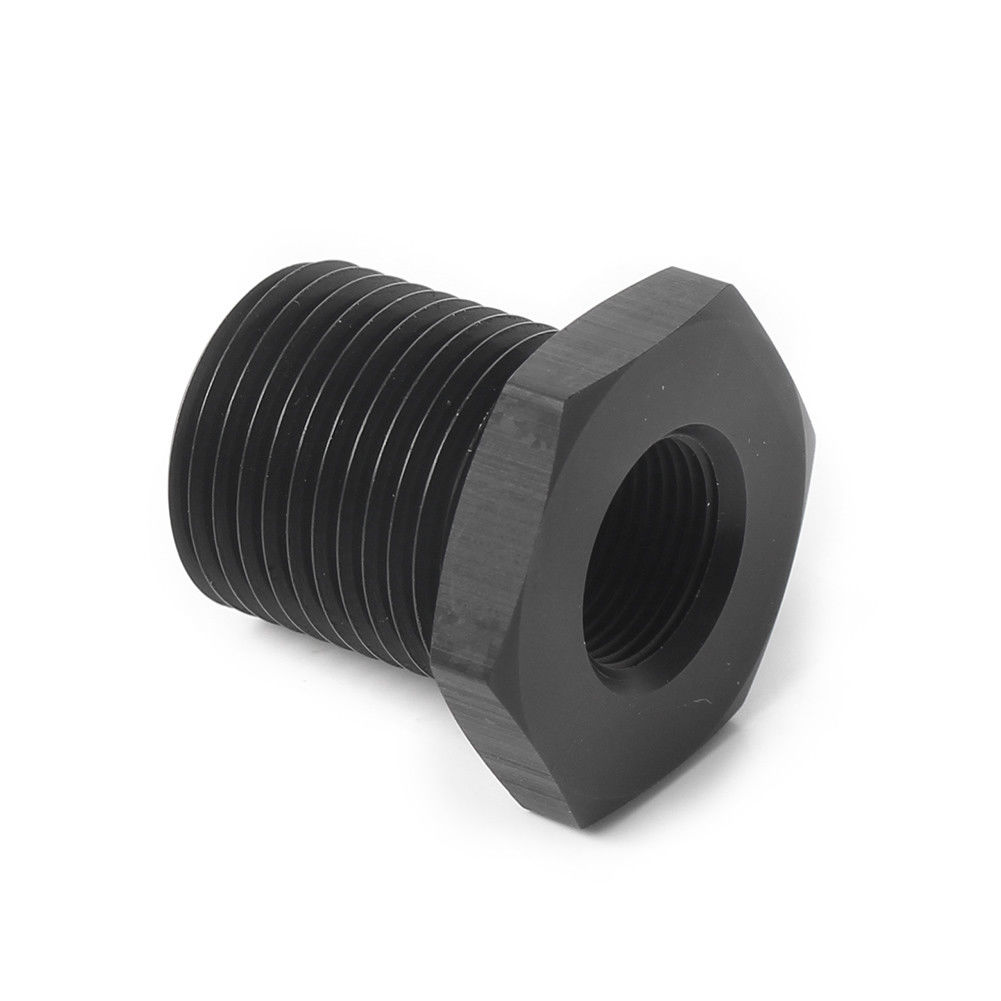Bump Stocks - Why a ban is a bad thing
On Tuesday, December 18 2018 the BATFE introduced a new regulation banning "bump stocks".
Since then, at least one legal challenge has been started.
Is a bump-stock ban a bad thing?
Superficially, it may not appear to be particularly bad. These are devices that are of limited interest, and have probably been used in a domestic terrorist relayed incident (Las Vegas attack), although it is not really clear that this is actually the case. Several weapons were equipped with bump-stocks, but no evidence has been presented to show that these were actually used (there is a lot about that incident that is still unclear, and limits on any publicly available data are unusually tight).
What does it actually do?
The media present these as devices to turn an AR-15 into a machine gun. Lets look at that claim. We can start by looking at the principle of operation.
A semi-automatic rifle (or hand-gun for that matter) work on the principle of firing one bullet for every pull of the trigger. The faster you pull the trigger, the faster it fires. There is a technique that has been around as long as semi-automatic firearms have been around that can be used to speed up the rate of fire. This does not necessarily need any additional device, it is possible (with practice) to achieve high rates of fire. It works by holding the trigger finger rigidly, pressing against the trigger, then use the other hand to gently pull the gun forward. This will apply pressure to the trigger and the gun will fire. When it fires, recoil will move the gun backwards and the finger pressure on the trigger will be removed, and the action reset (just as normal), but continued pressure pushing the gun forward will cause the trigger to again press against the rigidly held finger. The cycle continues until you remove your finger, or remove the forwards pressure on the gun. This can be made to work with any gun, not only an AR-15. This technique is referred to as bump-firing.
Getting the technique right can be difficult, and some firearms make it easier than others. There are a variety of different devices that people have used to help make this easier. The "best" so far is the device specifically designed to make this technique easier to master. The bump-stock.
The bump-stock replaces the standard stock on an AR-15. Unlike the standard stock, it is nor firmly fixed to the buffer tube (which contains the spring and buffer which absorb the recoil and cycle the action each time the gun is fired. It has a extended cover that covers the trigger. In operation, you rest your finger against the trigger cover and slide the gun forward in the stock. This exposes the trigger, which then presses against your finger, and as you increase the forward pressure on the gun, it fires. Recoil pushes the gun back into the stock and the trigger away from your finger. All the bump-stock is doing is providing an easy method to hold your finger in a fixed position relative to the trigger, and an easy method of holding the gun in the right way for it to slide back and forth. Operation is exactly the same as with totally manual bump-firing, is just made easier.
So why is its ban questionable?
First, we have to look at what the BATFE has done. It has made the claim that a bump-stock converts an AR-15 into a machine gun.
So let's look at that claim. Several times, manufacturers asked the BATFE if bump-stocks were legal. Each time, they were told yes, because the firearm equipped with one still qualified as a semi-automatic rifle. Federal law is quite clear on the definition of a machine gun, it is any firearm that fires more than one bullet for each operation of the trigger. The bump-stock simply helps to operate the trigger much faster, but still only fires one bullet each time the trigger is operated.
Following political pressure, they have revised their opinion, and now say that it converts a semi-automatic firearm into a machine gun. By the law by which the BATFE is authorized to control the manufacture and possession of machine guns, a bump-stock equipped rifle is not a machine gun. They don't get to define what is and what isn't, it is clearly written in federal law (U.S. Code Title 26 Subtitle E Chapter 53 Subchapter B Part I § 5845), which defines a machine gun thus:
The term “machinegun” means any weapon which shoots, is designed to shoot, or can be readily restored to shoot, automatically more than one shot, without manual reloading, by a single function of the trigger. The term shall also include the frame or receiver of any such weapon, any part designed and intended solely and exclusively, or combination of parts designed and intended, for use in converting a weapon into a machinegun, and any combination of parts from which a machinegun can be assembled if such parts are in the possession or under the control of a person.
With bump firing (with or without a bump-stock) the trigger is operated once per shot. By definition, it is not a machine gun, nor does it match the definition of any other firearm, and so is not subject to regulation by the BATFE.
Why is this dangerous?
There are a few reasons why this rule by the BATFE is dangerous:
- It is exceeding the limits of the law as written by congress. Agencies are there to implement the law as written. if they begin to do things outside the law, effectively creating their own law, it is subverting the constitution and the rule of law (not to mention the supremacy of congress in the area of law making).
- It sets the scene for arbitrary banning of all semi-automatic firearms. Since the combination of a rifle and bump-stock is not, by definition, a machine gun, what is being banned is rapid firing of a gun. Since the same effect can be reproduced with nothing more than a finger, does this make fingers machine guns and subject to regulation/banning? Since its difficult to regulate fingers, the only other option is to ban the guns themselves, since they can be fired rapidly, and apparently, the BATFE consider rapid fire = machine gun.




